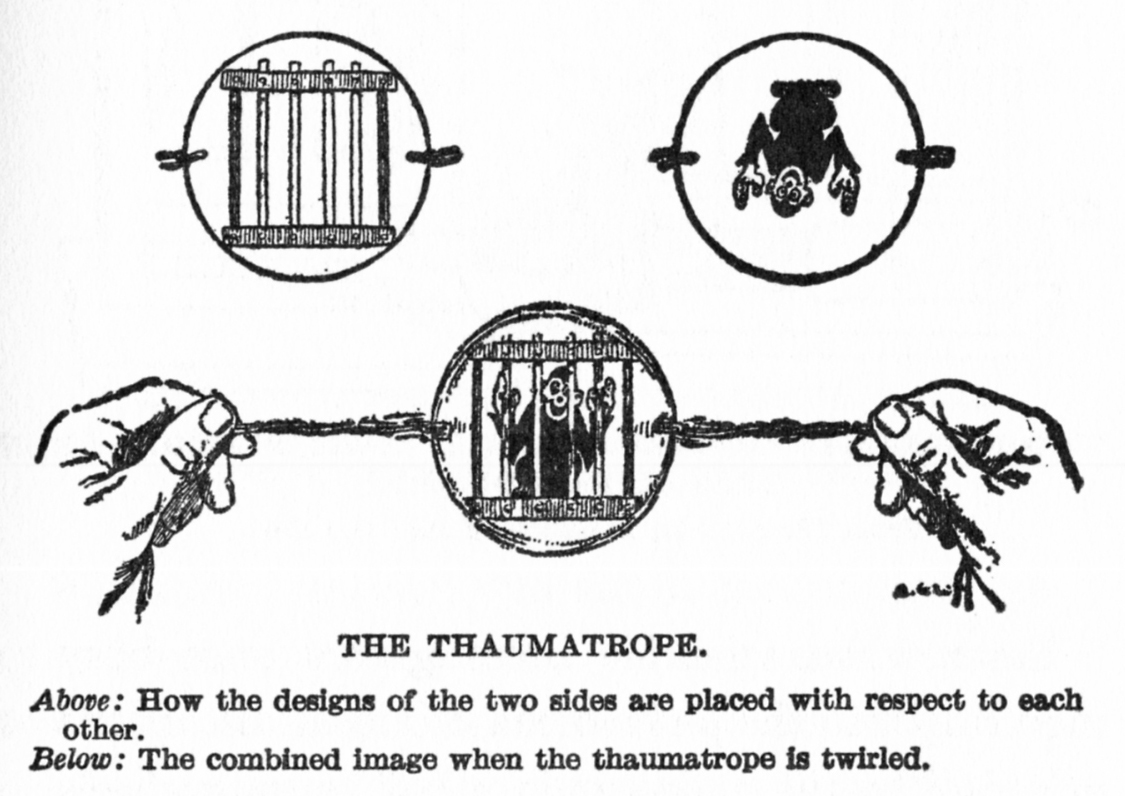Tonal Montage: Transitions are employed to illicit a specific emotional response from the audience.
This is a scene from Damien Chazelle's Whiplash (2014). Ostensibly it's a film about a drummer. By any means it's a film about a drummer. Why would this be a good example of tonal montage?
This is a scene from Damien Chazelle's Whiplash (2014). Ostensibly it's a film about a drummer. By any means it's a film about a drummer. Why would this be a good example of tonal montage?
Whiplash, Damien Chazelle (2014)
Despite the rhythmic theme of the film, you can't carry a feature film narrative on tub thumping alone. For me this scene is more about emotional hits than the complexities of jazz drumming. We witness the nervous father, the talented son and the erstwhile, maligned teacher. It's all about the reactions. That's not to say the sound isn't hugely impressive.
Unsurprisingly, this film took Oscars and BAFTAs for editing and sound amongst others.
One of the few films I've deliberately watched repeatedly and enjoyed every time.




























